Trump announces set of tariff rates with new August deadline
Published in Political News
President Donald Trump unveiled the first in a wave of promised letters that threaten to impose higher tariffs rates on key trading partners, including levies of 25% on goods from Japan and South Korea beginning Aug. 1.
Trump also announced 25% rates on Malaysia and Kazakhstan, while South Africa would see a 30% tariff and Laos and Myanmar would face a 40% levy. The nations were the first in what the president promised would be a flurry of unilateral warnings and trade deals announced on Monday, two days before agreements are due from trading partners facing his April 2 so-called reciprocal levies.
“Our relationship has been, unfortunately, far from Reciprocal,” Trump wrote in the letters.
Trump’s second-term rush to overhaul U.S. trade policies has served as a steady source of uncertainty for markets, central bankers and executives trying to game out the effect on production, inventories, hiring, inflation and consumer demand — routine planning that’s hard enough without costs like tariffs that are on one day, off the next.
The letters issued Monday so far appeared to largely be a novel method of once again punting a looming July 9 deadline for his so-called “reciprocal” tariffs until at least the beginning of August. Most of the tariff rates, shared on his Truth Social platform, were largely in line with what Trump had already announced nations were likely to face.
White House Press Secretary Karoline Leavitt said there would be around a dozen countries that receive notifications about their tariffs Monday directly from the president. Additional letters will come in the coming days, she said.
The episode was the latest turn of the screw for a program that has roiled markets and trade across the globe. One week after announcing the tariffs at a prominent Rose Garden event, Trump offered a 90-day reprieve, lowering duties to 10% to allow time for negotiations.
Few nations successfully negotiated deals in the short time given. In the interim, Trump announced framework agreements with the United Kingdom and Vietnam and a trade truce with China.
Trump is set to sign an executive order later Monday that will hold off new rates until August 1 for all nations facing the reciprocal tariffs, Leavitt said.
At the same time, Trump warned nations against retaliation over his latest gambit.
“If for any reason you decide to raise your Tariffs, then, whatever the number you choose to raise them by will be added” to the threatened levels, Trump wrote.
He also said that the rates did not include any sectoral-specific tariffs that the administration had or would separately implement on goods imported in key industries. Both Japan and South Korea are major auto exporters, and are also facing U.S. tariffs on steel.
Trump’s letters did offer them a way to meet his demands. No tariffs will be imposed if Japan or Korea, “or companies within your Country, decide to build or manufacture product within the United States and, in fact, we will do everything possible to get approvals quickly, professionally, and routinely — In other words, in a matter of weeks,” he wrote.
Asked why Trump had chosen to hit Japan and South Korea first, Leavitt said it was “the president’s prerogative.”
“Those are the countries he chose,” she added.
Leavitt said the administration is “close” to securing agreements with some other trading partners, adding that Trump “wants to ensure these are the best deals possible.”
Markets fall
Following a rally to all-time highs last week, the S&P 500 was down about 1.1% as of 2:39 p.m. New York time, while the Nasdaq 100 Index fell 1.1%. The Cboe VIX Index edged about 18, while a gauge of expected volatility in technology stocks traded at the highest level in two weeks.
The dollar extended gains after Trump’s announcement, hitting the highest level in more than a week against a basket of peers. The currencies of South Korea, South Africa and Japan all fell more than 1% against the greenback.
Japanese automakers’ American depository receipts fell to session lows after Trump’s announcement. Toyota ADRs fell 4.3% to session lows, while Honda’s fell 3.9% to session lows. The South African rand fell 1.5% to a session low.
For many of the nations, engaging Trump in trade negotiations on his accelerated timeline has proven difficult.
Even though Japan and Korea are two of the U.S.’s closest allies in Asia, they’re both dealing with domestic situations where cutting trade deals might be risky politically. South Korea President Lee Jae-myung only took office on June 4, and elections in Japan’s upper house later this month made the government of Prime Minister Shigeru Ishiba reluctant to offer too much in concessions.
The European Union is not expecting to receive a letter setting tariff rates today, according to a person familiar with those discussions, who spoke on condition of anonymity.
Trump has also threatened to slap an additional 10% levy on “any country aligning themselves with the Anti-American policies of BRICS,” targeting the bloc of developing nations led by Brazil, Russia, India, China and South Africa as they gathered for a meeting in Rio de Janeiro.
Leavitt on Monday said Trump would “take any action necessary to prevent countries from taking advantage of the United States and our people.”
Trump’s levies will help fill the Treasury’s coffers at a time when investors are worried about the nation’s mounting debt, particularly after Congress passed much of the president’s economic agenda in a $3.4 trillion tax cut and spending package last week. The dollar has slumped and longer-term borrowing costs remain elevated.
Despite Trump’s contention that foreign countries pay his tariffs directly, the burden actually falls to American importers, which must contend with tighter profit margins, weigh raising prices on consumers or seek discounts from their foreign suppliers.
“All of that new revenue is just a tax on U.S. businesses,” Jonathan Gold, vice president of supply chain and customs policy at the National Retail Federation, wrote in a LinkedIn post Friday.
On April 2, Trump held a Rose Garden ceremony announcing steeper levies on more than 50 trading partners ranging as high as 50% – a shock to the economic outlook that sent financial markets into a tailspin and sparked fears of a recession. A week later, he suspended those peak rates.
The negotiating tracks have been different for the U.S.’s three largest trading partners — Mexico, Canada and China. Beijing and Washington have negotiated truces that lowered tariffs on Chinese products that soared to 145% and eased export controls on key supplies. As partners in the U.S.-Mexico-Canada Agreement, the two U.S. neighbors aren’t subject to the reciprocal tariffs and instead are trying to negotiate lower rates on sectoral levies.
Bloomberg Economics’ US trade uncertainty index has come off its April peak, but it is still higher than it was when Trump was elected in November.
On top of market jitters and economic headwinds, legal challenges offer a potential check on the reciprocal tariffs, which Trump declared under executive authority known as the International Emergency Economic Powers Act, or IEEPA.
The U.S. Court of International Trade ruled on May 28 that the vast majority of Trump’s levies were issued illegally under IEEPA and ordered them blocked. A day later, an appeals court gave the Trump administration a temporary reprieve from the ruling and decided that the tariffs can remain in place until it hears the case, scheduling the arguments for July 31.
Yet the Trump administration is using another presidential power to impose tariffs – Section 232 of the Trade Expansion Act – on specific sectors so far including autos, steel and aluminum.
Other 232 sectoral cases are in the works, potentially allowing Trump to cover a wide range of U.S. imported raw materials as well as finished consumer goods should the IEEPA levies get struck down by the courts. Trump described the latest levies as “separate from all Sectoral Tariffs.”
Another friction point for Trump on tariffs is the Federal Reserve. Jerome Powell, the chair of the U.S.. central bank, has held off on lowering rates this year — despite intense pressure and name-calling from Trump — in part to determine whether tariff-driven price hikes might evolve into more persistent cost-of-living pressures.
Bloomberg Economics estimates that if all reciprocal tariffs are raised to their threatened level on July 9, average duties on all U.S. imports could climb to around 20% from less than 3% before Trump’s inauguration in January. That would add to growth and inflation risks for the U.S. economy.
Between higher tariffs, oil prices and immigration restrictions in the U.S., “the bottom line is that we should see inflation move higher over the coming months,” Torsten Slok, chief economist with Apollo Global Management, wrote in a note Sunday.
_____
(With assistance from Elena Popina, Monique Mulima and Ezra Fieser.)
_____
©2025 Bloomberg L.P. Visit bloomberg.com. Distributed by Tribune Content Agency, LLC.
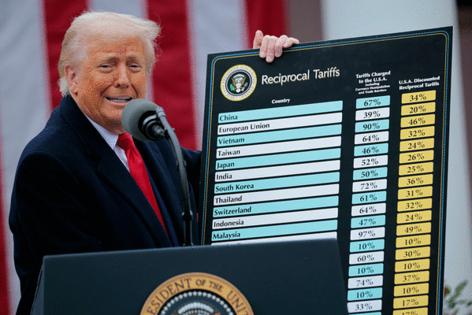


















































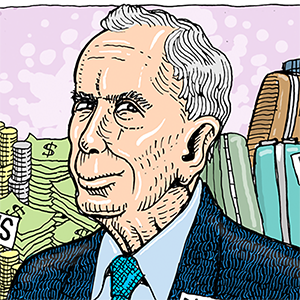
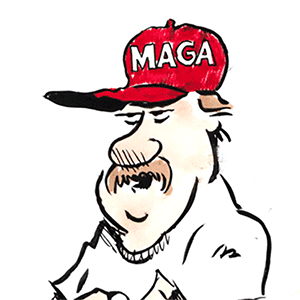
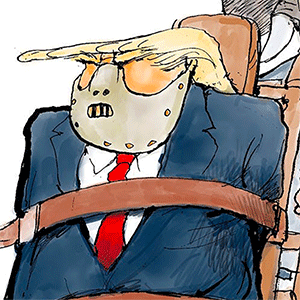
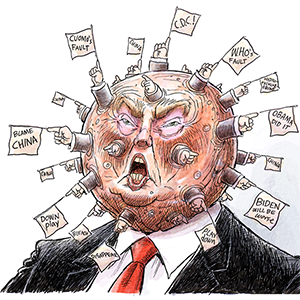
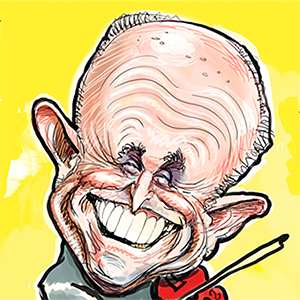
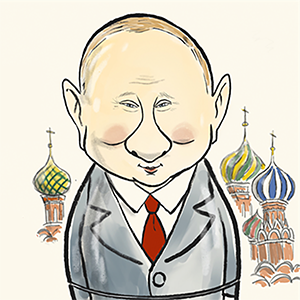
Comments